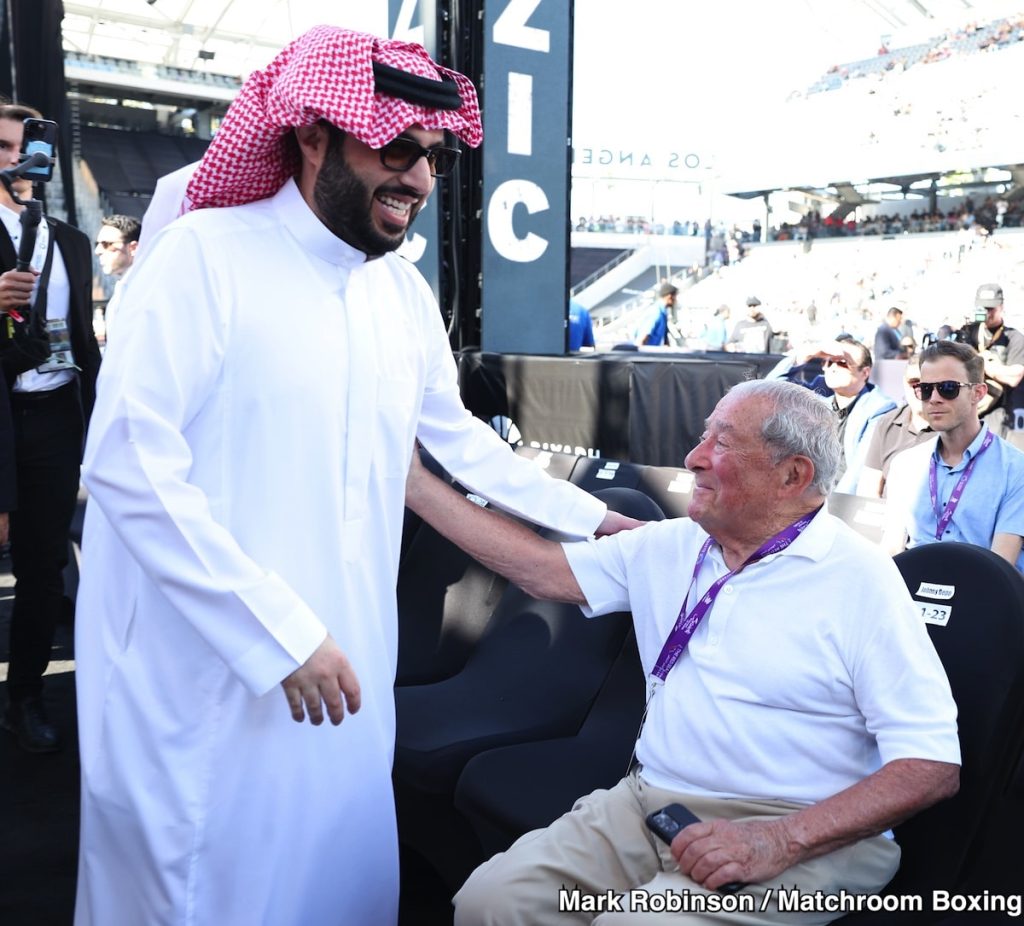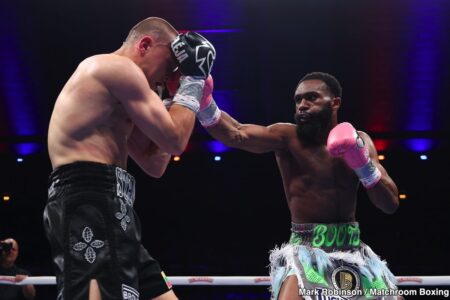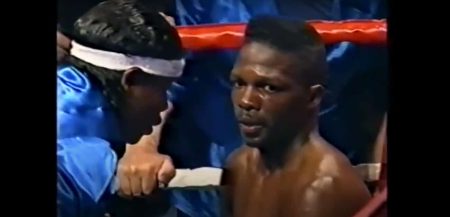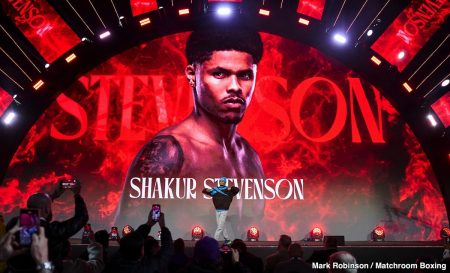The Sweet Science: A Historic Overview
Ah, boxing! The sweet science, the fight game, the noble art—many would argue it’s the greatest sport of all time. From its ancient roots to its modern resurgence, boxing has captured the imagination of millions around the world. The sport has been a source of innumerable tales, enthralling myths, deep-rooted traditions, cinematic reproductions, and captivating literature, all woven together with stories of redemption, tragedy, bravery, fortitude, and sometimes outright madness.
The origins of boxing trace back to ancient Greece around 600 BC, where competitors would clobber each other with hands wrapped in leather strips. When the Romans got wind of this, they introduced gloves with thick metal studs and skin-piercing spikes, turning boxing into a gladiatorial event. This era gave birth to the ‘pugilist’ and a culture of celebrity fanfare that was rampant even two thousand years ago. However, with the fall of the Roman Empire, boxing declined from the grand coliseum to medieval barnyards and back alleys, almost disappearing during the Middle Ages.
The Renaissance of Boxing in 18th Century London
A revival of the sport began brewing in London, England, during the 18th century. Pugilists competed with bare knuckles, fighting for money and fame, marking the dawn of the "prize fighter" era. Boxing garnered the support of the upper classes and, in some cases, royalty, which helped elevate the sport’s status and legitimacy. Despite its newfound popularity, boxing remained brutally unforgiving. For instance, the longest boxing match in history took place in 1893 between Andy Bowen and Jack Burke in a hot and humid field in New Orleans. The fight lasted an excruciating 110 rounds for a total of 7 hours and 19 minutes, ending in a "no contest" because neither boxer could continue after the 111th round.
The Birth of the Sweet Science
Thankfully, the 19th century saw the adoption of the ‘Queensbury rules,’ introduced by the Marquess of Queensbury. These rules introduced padded leather gloves, divided rounds into three-minute segments, and banned attacks on downed opponents. The days of sadistically spiked gloves were over, and the sweet science was born. Strategic tactics, calculated defense, clever footwork, and the idea of outthinking and outsmarting opponents brought new dimensions to the sport. Weight classes were established, and governing bodies slowly replaced mob-controlled bouts of corruption. The British Boxing Board of Control ensured the safety and well-being of the fighters, setting the stage for the modern era of boxing.
Boxing and Its Cultural Impact
Boxing events have historically had a magnetic allure that draws ringside spectators from all walks of life, including movie stars, singers, world leaders, and socialites. During the Troubles in Ireland, Barry McGuigan’s fights united Protestants and Catholics, sending a powerful message: “Leave the fighting to McGuigan.” In the Philippines, Manny Pacquiao’s matches would bring the bustling streets of Manila to a standstill, with law enforcement reporting significant drops in crime. Muhammad Ali, voted the sports personality of the century, fought globally and inspired humanity everywhere he went. Even today, fairground tough man/hammer striking games are dotted with images of British greats like Henry Cooper and Frank Bruno, testament to the enduring legacy of the sport.
The Decline and Resurgence in the 21st Century
The 2000s saw a decline in boxing’s popularity due to several factors. Expensive PPV bouts at ungodly hours, greedy promoters preventing the best from competing against the best, and a proliferation of ‘alphabet titles’ caused confusion about who the true world champions were. This period also witnessed the rise of UFC (Ultimate Fighting Championship) or mixed martial arts, which enjoyed astronomical popularity by offering spectacular events and uncorrupted competition under a single governing body. However, in recent years, boxing is undergoing a fresh resurgence under the unlikely alliance with the Saudi sports minister, Turki Alalshikh. Turki has ambitious plans to see the best compete with the best, with no expense spared in delivering high-quality events. Promotional videos directed by the likes of Guy Ritchie and numerous unification bouts are making for mouth-watering current and future contests. Despite its critics, this resurgence is bringing a renewed sense of excitement to the sport.
The Future of Boxing
Today, modern championship bouts are 12 rounds in length, drug testing is stringent, and the safety of the competitors is paramount. Grassroots efforts remain strong, with boxing gyms across the country supporting misguided youth and inspiring hope in would-be athletes. Women’s boxing is also flourishing, with athletes like Katie Taylor demonstrating exceptional skill and technical prowess. A sense of pride in this historic sport lives on through the next generation of competitors and champions. Boxing may truly become great again, and for those who appreciate the sweet science, there has never been a better time to be a keen observer.











